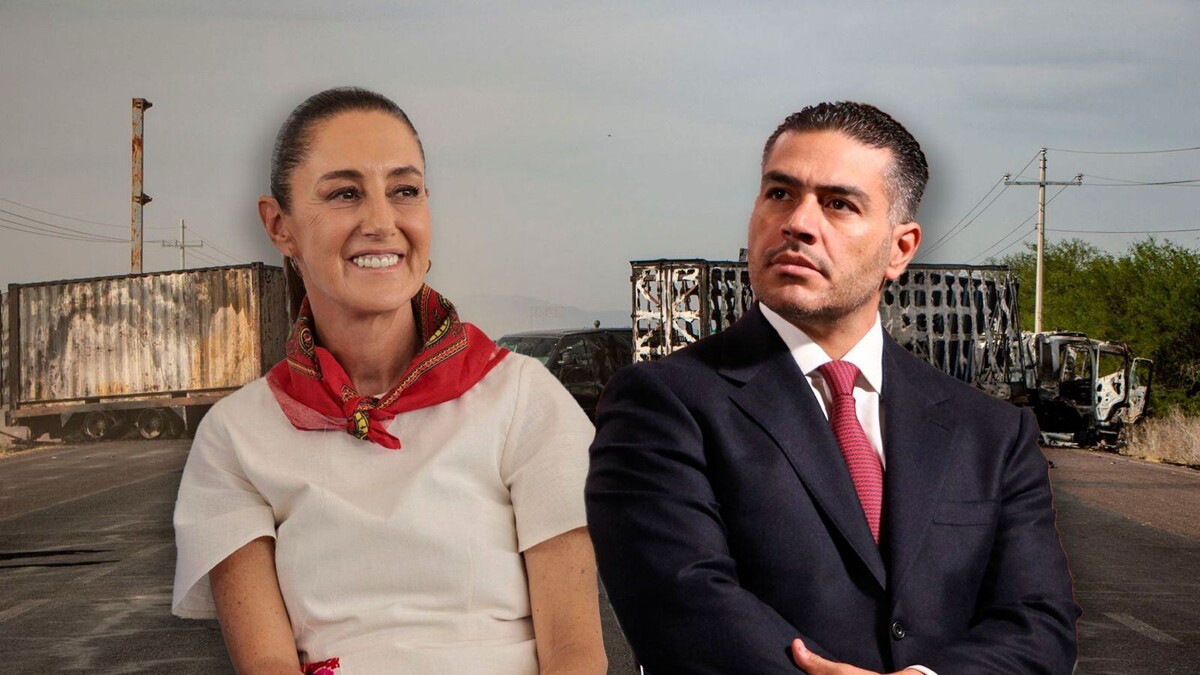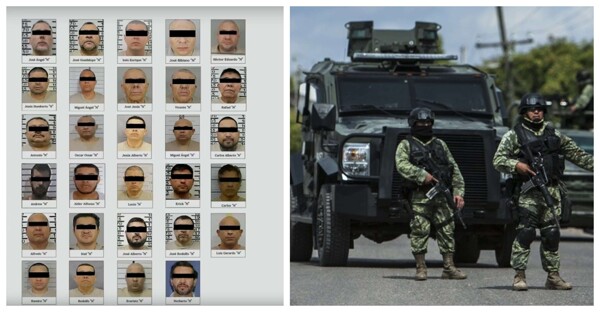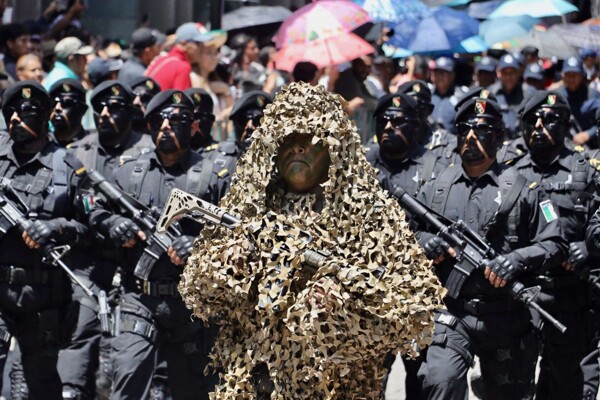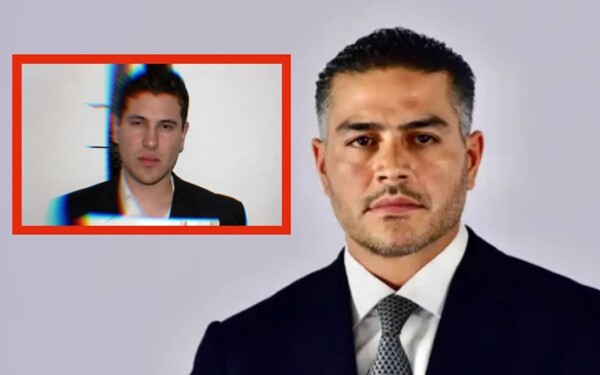
The war in Sinaloa seemed stalled until last Monday, when violence spread to regions that had remained relatively untouched by it. The involvement of El Chapo Isidro, which increased the firepower of the Mayiza, has apparently modified the balance of forces in the area. Local media has reported on clashes between two irregular paramilitary forces challenging the presence of the Armed Forces and the Secretariat of Public Security. While these institutions have managed to arrest criminals and seize weapons, money, and drugs, they have not been able to diminish the resources or firepower of the groups involved.
According to reports from the Secretariat of Defense cited by El Sol de Mexico, violence has spread to municipalities previously considered "quiet", such as Mocorito, Salvador Alvarado, and Guasave, in northern Sinaloa. This increase in violence is related to a supposed alliance between the groups led by El Mayito Flaco and Iván Archivaldo Guzmán, who are competing for control of the organization with El Chapo Isidro. The latter, an autonomous criminal force, has managed to gain ground in the region and challenge the dominant factions of the cartel.
The internal war in the Sinaloa Cartel has reached critical levels, extending for an indefinite time. Despite attempts by federal forces to control the situation, violence does not wane in Sinaloa, becoming a challenge for the authorities. Speculations about a reorganization of criminal forces and the possibility of a victorious faction restoring peace to the region raise uncertainty about Sinaloa's future.
The government's strategy to confront drug cartels, focused on pacifying Sinaloa, has been tested. Despite officials' statements about reducing homicide rates, the reality on the ground remains challenging. Ongoing clashes and an increase in disappearances cast doubt on the effectiveness of the measures implemented so far. Violence persists, demonstrating that the fight against cartels in Sinaloa is a challenge that has not yet been overcome by the government.
The war in the Sinaloa Cartel, which had an abrupt start in Culiacán last year, continues to wreak havoc in the region. Betrayal and internal clashes have triggered a spiral of violence that has been difficult for authorities to contain. The involvement of different factions and the struggle for territorial control have created a complicated scenario where peace and stability seem increasingly distant.
Violence in Sinaloa spreads, and the consequences of this internal war in the Sinaloa Cartel remain uncertain. Collaboration with U.S. authorities by some cartel members points to a possible restructuring within the organization. The challenge for law enforcement and the government is to maintain control amid a conflict that appears to have no end in sight.













